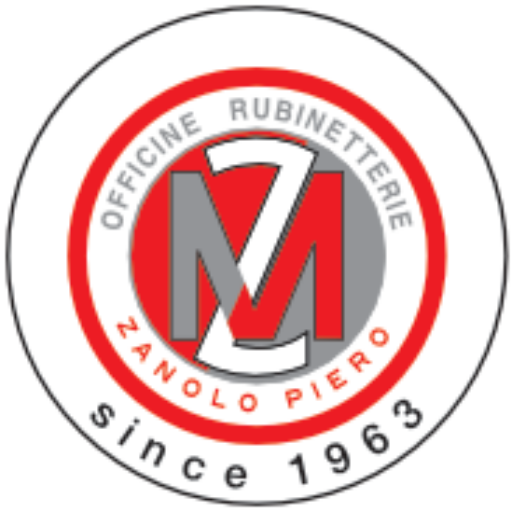Knife gate valves play a key role in regulating the flow of liquids and sludge, even in harsh conditions and with highly viscous or abrasive materials. Whether used in agriculture, industry or environmental applications, their performance is crucial to the safety and efficiency of the system.
With over sixty years of experience, Metaltecnica Zanolo offers different configurations to meet specific needs. In particular, items 0100 and 0130 — both made of cast iron with stainless steel blades — stand out for their performance and durability.
To choose the best model, companies must ask the right questions — and this is exactly where Metaltecnica Zanolo’s expertise makes the difference.
When Are Knife Gate Valves Used?
Knife gate valves are full-flow valves where a blade moves vertically to open or shut off the flow. Thanks to their simple structure and reliable sealing system, they are ideal for managing viscous liquids, sludge, slurry, granular materials and mixtures with suspended solids.
Their compact design makes them perfect for systems with limited space, while the stainless steel blade ensures corrosion resistance and can “cut through” partially solidified or dense materials. They also offer reliable sealing in challenging conditions, reducing the risk of leaks and improving operational safety.
Typical applications include:
- livestock and agricultural plants (e.g. slurry tankers, digesters, storage tanks);
- environmental and ecological sectors (e.g. wastewater and biogas treatment);
- industrial applications with viscous or abrasive fluids.
Which Knife Gate Valve Should You Choose?
Among the most widely used models in the Metaltecnica Zanolo catalogue are items 0100 and 0130. Both are designed for use on slurry tankers, biogas plants and industrial systems. While they share several features, they differ in structure, sealing system and flow direction.
Main Differences Between Items 0100 and 0130
Item 0100 is a unidirectional knife gate valve without discharge. It features a cast iron body and a vertically moving stainless steel blade. It can be operated manually or automatically (with hydraulic, pneumatic or electric actuators) and includes an EPDM rubber seal housed in a screwed-on sleeve.
In this model, fluid pressure pushes the blade against the seal, ensuring a tight closure. However, the inner cavities required to house the blade mean that regular cleaning is necessary, especially with dense or solid-laden liquids. Its main advantage is the lower cost compared to other models.
Item 0130, on the other hand, is a bidirectional knife gate valve, with a cast iron body made of two halves joined by bolts. The stainless steel blade is thicker for better stability under heavy loads.
Its EPDM seal includes an internal steel core, and sealing is achieved through full contact between the blade and the perimeter of the seal. With no inner cavities, this model is less prone to clogging — even when handling sludge or high-solid-content fluids. Internal guide rings further ensure the blade remains stable at medium pressure levels.
The Right Questions to Ask
Choosing between item 0100 and 0130 means evaluating operating conditions, fluid characteristics, and maintenance needs. Here are some key questions to guide your decision:
Do you need bidirectional sealing?
If your system has bidirectional flow or may reverse, item 0130 is the right choice thanks to its perimeter sealing system. Item 0100 is unidirectional only.
Is clogging a potential issue?
With no inner cavities, item 0130 is ideal for managing sludge or solid-laden liquids, reducing the risk of clogging. Item 0100 may require more frequent cleaning.
What’s your budget?
Item 0100 is a cost-effective solution for stable systems with non-critical fluids. Item 0130 is more expensive, but its superior strength and reliability make it ideal for demanding environments.
Do you need greater blade stability at medium pressures?
Item 0130 includes internal guides to prevent unwanted bending, making it suitable for systems subject to mechanical stress.
Reliable Knife Gate Valves by Metaltecnica Zanolo
Both models come with the reliability and quality guarantees of Metaltecnica Zanolo. But it’s the specific operating context that determines the right choice.
By understanding the structural and functional differences between these two items, you can make a more informed investment, improving system performance, reducing downtime, and simplifying maintenance.


